XR Digital
At XR Digital, we blend creativity, technology, and strategy to deliver unparalleled digital solutions. Explore the possibilities with us as we push the boundaries of innovation and transform your vision into reality.
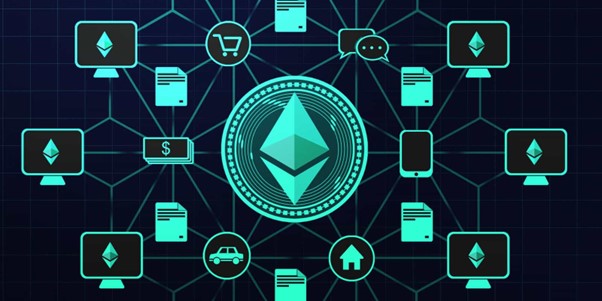
In the fast-evolving landscape of technology, the emergence of decentralized applications (DApps) stands as a transformative force, promising to reshape the way we interact with the digital world. As we navigate through the 21st century, the centralized nature of traditional applications poses significant challenges, prompting the need for a paradigm shift.
Decentralized apps (DApps) are the next generation of web applications. They are powered by blockchain technology and offer several advantages over traditional web apps, such as security, transparency, and censorship resistance. One significant avenue where decentralized apps are making waves is in virtual reality (VR), particularly in healthcare.
This article delves into the intricate web of issues surrounding centralized applications and explores the revolutionary potential of decentralized apps, dissecting their impact on various industries and envisioning the future of a decentralized digital ecosystem.
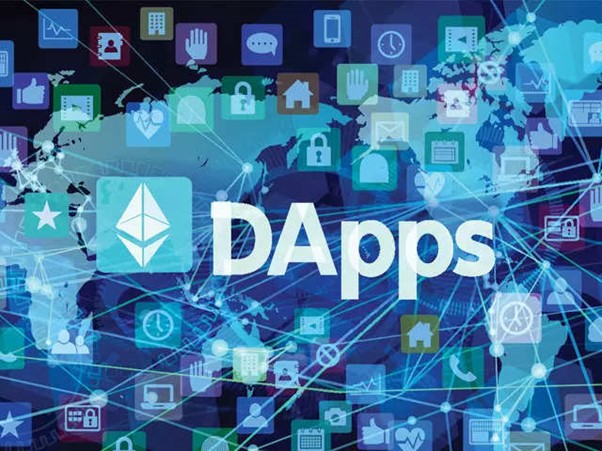
One of the most intriguing aspects of decentralized applications lies in the evolution of governance models. Traditional centralized systems rely on a hierarchical structure where decisions are made by a select few. In contrast, decentralized applications often embrace on-chain governance, where stakeholders participate in decision-making through voting mechanisms. This shift towards community-driven governance not only ensures a more democratic decision-making process but also enhances the resilience of the application by distributing power among its users.
As decentralized applications mature, experimenting with various governance mechanisms becomes essential. Some projects opt for token-based voting, where users with a stake in the network can influence decisions proportionate to their holdings. Others explore quadratic voting or liquid democracy, allowing for more nuanced and flexible decision-making structures. The dynamic nature of decentralized governance reflects the diversity of approaches, emphasizing adaptability and responsiveness to the needs of the community.
Interoperability is a critical factor in the widespread adoption of decentralized applications. The current landscape is marked by the existence of various blockchain networks, each with its strengths and weaknesses. Cross-chain collaboration aims to overcome these limitations by facilitating communication and asset transfer between different blockchains.
Decentralized Autonomous Organizations (DAOs) represent a paradigm shift in organizational structures. These entities, governed by smart contracts and driven by the consensus of their members, operate without a central authority. DAOs enable decentralized decision-making, resource allocation, and even fund management through transparent and auditable smart contracts.
The rise of DAOs introduces a new era of collaboration and innovation. They can be utilized for anything from managing decentralized investment funds to governing the development roadmap of a decentralized application. DAOs epitomize the spirit of decentralization by empowering individuals to contribute to decision-making processes and share in the benefits of a collective effort.
At the heart of many decentralized applications is the concept of a token economy. These native digital assets serve multiple purposes within the ecosystem, acting as a medium of exchange, a unit of account, and a store of value. The tokenization of assets, both digital and physical, has opened new avenues for innovation and economic inclusion.
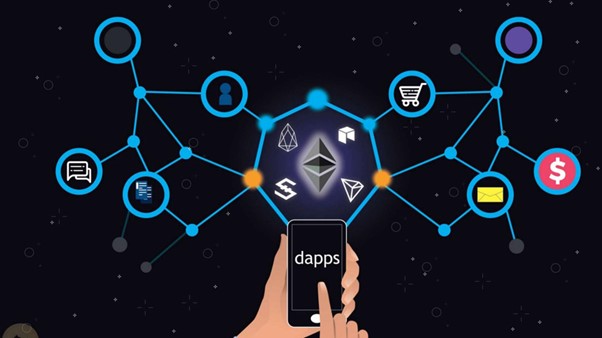
Centralized applications, hosted on servers controlled by a single entity, often result in users relinquishing control over their personal data. This vulnerability has been a catalyst for numerous privacy breaches, exposing individuals to identity theft, data manipulation, and unauthorized surveillance. The incessant collection and monetization of user data by centralized platforms have fueled growing concerns about the erosion of privacy in the digital age.
The centralized model’s Achilles’ heel lies in its susceptibility to single points of failure. When a central server experiences downtime due to technical issues, cyber attacks, or other unforeseen events, it disrupts the entire application, rendering it inaccessible to users. This fragility undermines the reliability and availability of services, posing a considerable risk to businesses and users alike.
Centralized applications are subject to the policies and regulations of the governing bodies in their respective jurisdictions. This centralized control enables governments and corporations to exert influence over content, leading to censorship and restrictions on free expression. The arbitrary removal of content, de-platforming, and manipulation of narratives highlight the vulnerability of centralized platforms to external pressures.
Traditional applications often involve redundant infrastructure, where vast data centers are employed to manage user requests. This centralized approach results in inefficiencies, consuming excessive energy and contributing to environmental concerns. As the demand for sustainable technology solutions grows, the centralized model becomes increasingly untenable.
The concentration of power in the hands of a few major players has given rise to digital monopolies. This concentration not only stifles competition but also hampers innovation and restricts access to digital resources. The digital divide widens as marginalized communities face barriers to entry, exacerbating societal inequalities.
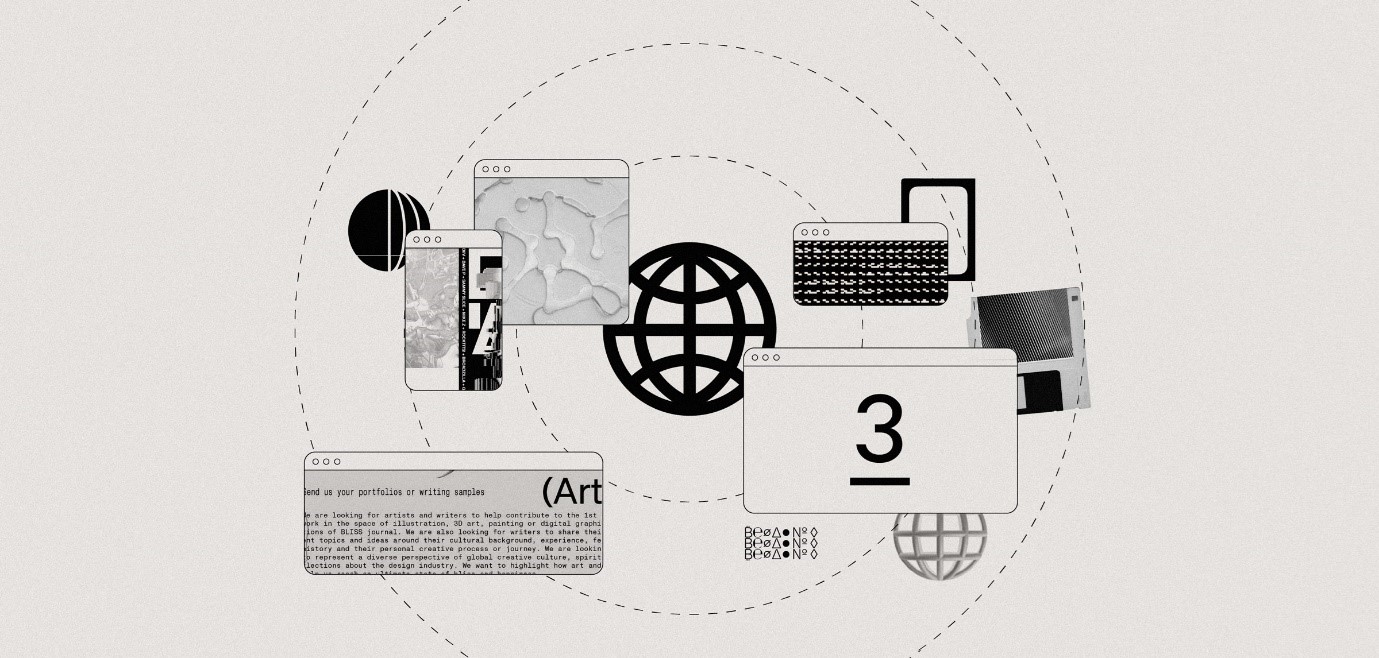
Decentralized applications leverage blockchain technology to address the pitfalls of centralization. Blockchain, a distributed and immutable ledger, ensures transparency, security, and trust within the network. Smart contracts, self-executing contracts with the terms of the agreement directly written into code, form the backbone of many decentralized applications, automating processes and eliminating the need for intermediaries.
Decentralized apps prioritize user-centricity by enabling individuals to own and control their data. Blockchain’s cryptographic principles facilitate secure and transparent data storage, granting users the authority to share or withhold their information as they see fit. This paradigm shift towards data ownership not only enhances privacy but also establishes a foundation for a more ethical digital landscape.
The decentralized nature of DApps mitigates the risk of single points of failure. By distributing data and functionalities across a network of nodes, DApps ensure greater resilience and availability. This resilience makes them less susceptible to downtime, cyber attacks, or any single event that could compromise the functionality of the application.
Built on blockchain, decentralized applications are inherently resistant to censorship. The distributed nature of the network ensures that there is no central authority capable of dictating content policies. This resistance to censorship empowers users with the freedom to express themselves without fear of arbitrary removal or restriction.
Decentralized applications often operate on peer-to-peer networks, reducing the need for vast data centers. This decentralized infrastructure not only improves efficiency but also aligns with the growing demand for environmentally sustainable technology solutions. The energy-efficient consensus mechanisms employed by many blockchain networks contribute to a more eco-friendly digital ecosystem.
DApps disrupt the digital monopoly by decentralizing access to services and resources. Through decentralized networks, individuals and communities gain equal access to applications, removing barriers that traditionally marginalized groups face. This democratization of access fosters inclusivity, empowering a diverse range of users to participate in the digital economy.

Decentralized finance (DeFi) has emerged as a disruptive force in the financial sector, challenging traditional banking systems. DApps in the financial realm offer peer-to-peer lending, decentralized exchanges, and yield farming, providing users with greater financial autonomy and reducing reliance on traditional intermediaries.
Decentralized applications in healthcare leverage blockchain to enhance data security and interoperability. Patient records, medical history, and supply chain management benefit from the transparency and immutability of blockchain, ensuring accurate and secure information sharing among healthcare stakeholders.
Decentralized social media platforms aim to revolutionize content creation and distribution. By eliminating the centralized authority’s control over user-generated content, these platforms prioritize user privacy, eliminate algorithmic manipulation, and provide content creators with more direct monetization opportunities.
Blockchain-based DApps have the potential to revolutionize supply chain management by providing end-to-end transparency. Tracking the provenance of goods, verifying authenticity, and ensuring the integrity of supply chain data become seamless processes, reducing fraud and inefficiencies.
Decentralized applications are making significant inroads into the gaming and entertainment industry. Blockchain-based gaming platforms offer true ownership of in-game assets, enabling players to buy, sell, and trade virtual items across different games, creating a new paradigm for the gaming economy.
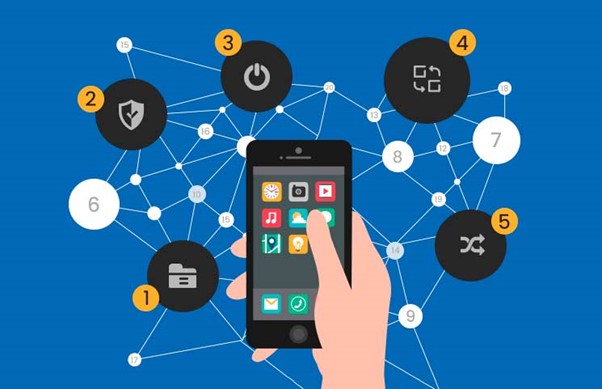
As the popularity of DApps grows, scalability becomes a critical challenge. Many blockchain networks face limitations in transaction throughput and latency, hindering their ability to handle a massive user base. Scalability solutions, such as layer 2 protocols and sharding, are being explored to address this bottleneck.
The user experience of decentralized applications is often cited as a barrier to mass adoption. The complexities of blockchain transactions, private key management, and the overall user interface need improvement to match the seamless experience offered by centralized applications.
The regulatory landscape surrounding decentralized applications is still evolving. The lack of clear regulations creates uncertainty for developers, investors, and users, impacting the mainstream adoption of DApps. Striking a balance between innovation and regulatory compliance remains a delicate challenge.
The interoperability of different blockchain networks and decentralized applications is crucial for creating a cohesive and interconnected decentralized ecosystem. Efforts are underway to establish standards and protocols that enable seamless communication between diverse blockchain platforms.
The understanding of blockchain technology and decentralized applications is not widespread. Education and awareness initiatives are essential to demystify these concepts, fostering a broader understanding of the benefits and potential risks associated with decentralized technologies.
In conclusion, the future of decentralized apps is a tapestry woven with the threads of emerging technologies, user-centric design, and transparent, secure frameworks. As developers navigate this dynamic landscape, they draw inspiration from the intersections of virtual reality, artificial intelligence, UI/UX design, and other pivotal elements. The journey towards decentralized excellence is marked by a commitment to innovation, adaptability, and a deep understanding of the intricate tapestry that shapes the future of DApps.
The future of decentralized applications holds the promise of a more equitable, secure, and user-centric digital landscape. As blockchain technology matures and scalability challenges are addressed, DApps are poised to become the cornerstone of Web 3.0.
The transformative potential of decentralized applications extends beyond the realm of technology, challenging established norms and reshaping the foundations of digital interactions. Also how decentralized technologies can enhance POS systems involves considering factors like security, transparency, and scalability. The decentralized future promises a democratized digital landscape where users have control over their data, participate in decision-making processes, and contribute to the creation of a more inclusive and equitable global economy.
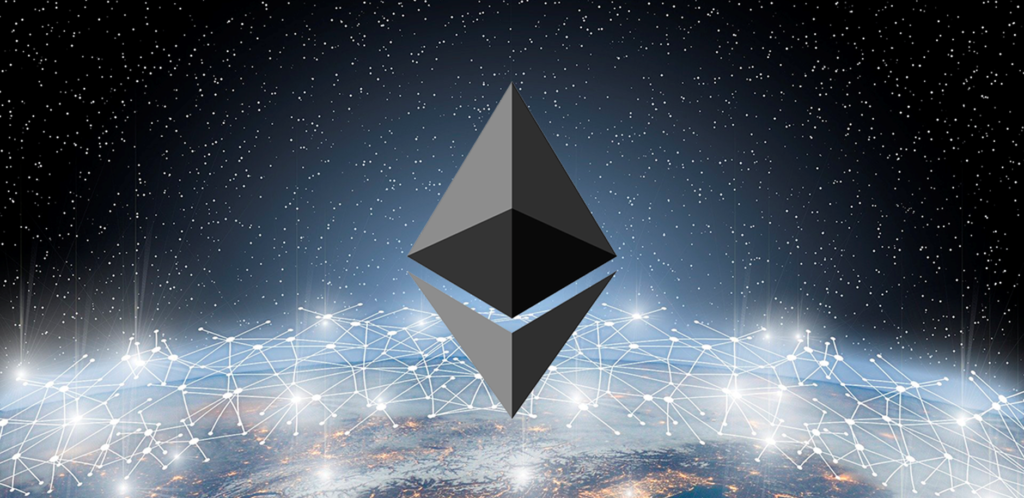
In the ever-evolving landscape of immersive technologies, XR Digital finds resonance with the transformative force of the Power of Web 3.0. Just as decentralized applications (DApps) promise to reshape the digital world by addressing the pitfalls of centralization, XR Digital navigates the immersive technology space, prioritizing user-centricity, and innovative solutions. Specializing in Virtual Reality, XR Digital’s expertise encompasses diverse sectors, including Extended Reality (XR).
Additionally, the exploration of blockchain as the foundation for DApps aligns with XR Digital’s dedication to cutting-edge technologies, including blockchain and XR, to create secure, transparent, and user-empowered digital experiences.
The profitability of decentralized apps (DApps) varies. Some DApps, especially those in decentralized finance (DeFi), have proven to be profitable for users who engage in activities like liquidity provision, yield farming, or trading. However, the profitability of DApps for developers depends on factors such as user adoption, the utility of the application, and the chosen revenue model.
The worth of decentralized apps (DApps) depends on individual preferences, use cases, and the specific goals of users or developers. DApps offer advantages such as increased security, data ownership, and censorship resistance. However, users and developers need to consider factors like user experience, scalability, and the evolving regulatory landscape when determining the worth of a particular DApp.
The biggest benefit of decentralization is the empowerment of individuals. Decentralized systems, whether in applications, governance, or finance, give users greater control over their data, assets, and decision-making processes. This shift toward user empowerment fosters transparency, inclusivity, and a more equitable distribution of resources.
Decentralized apps (DApps) built on secure blockchain networks can offer enhanced security compared to centralized counterparts. The cryptographic principles of blockchain, immutability, and decentralized consensus mechanisms contribute to the security of DApps.
At XR Digital, we blend creativity, technology, and strategy to deliver unparalleled digital solutions. Explore the possibilities with us as we push the boundaries of innovation and transform your vision into reality.